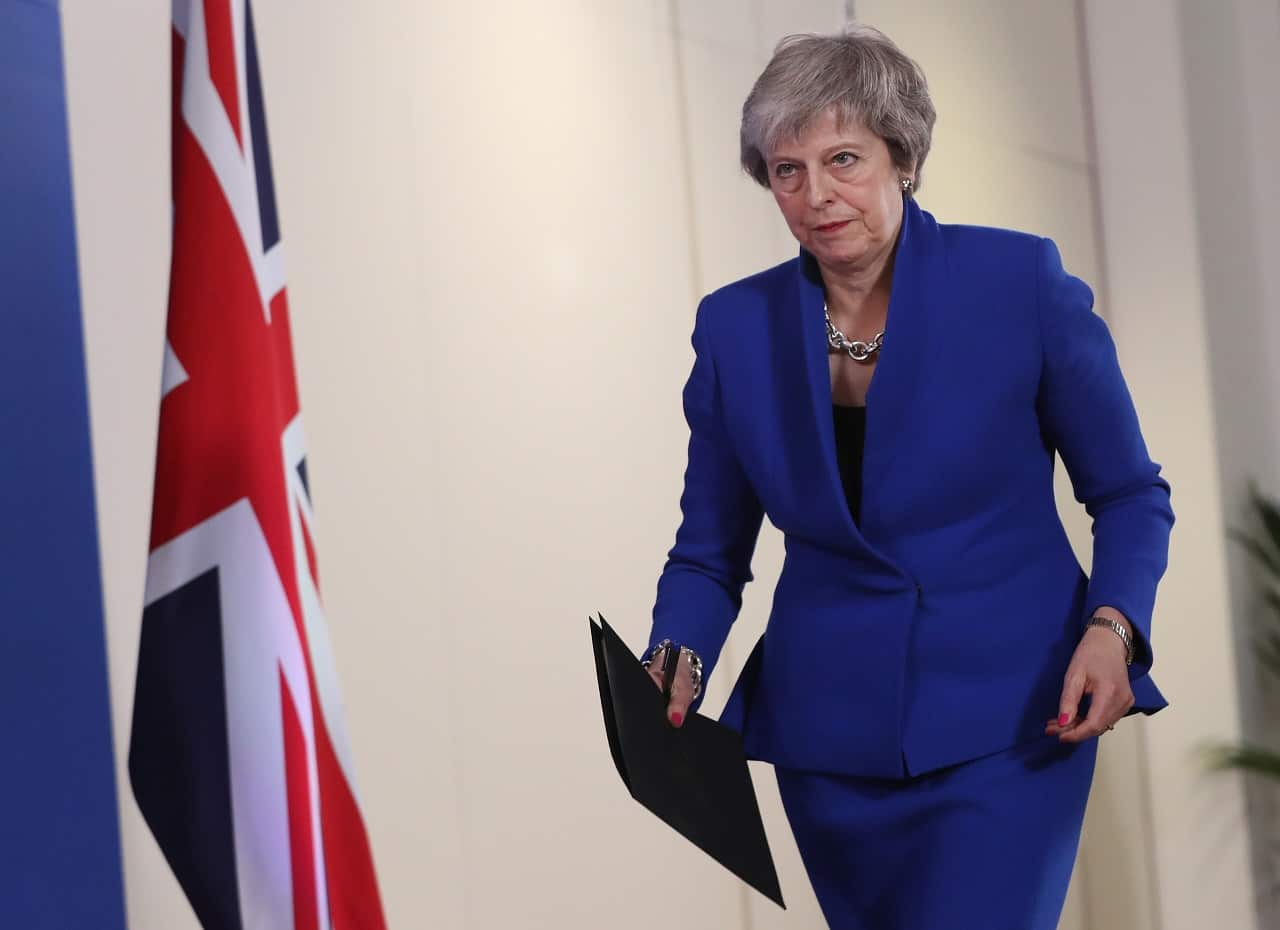Now for the harder part.
On Sunday, the 27 other members of the European Union gave the green light to Prime Minister Theresa May’s deal to seal Britain’s divorce from the bloc.
But she still has huge hurdles to overcome.
What’s next?
Mrs May will take the pact to the British Parliament: The prime minister must win the support of lawmakers who agree with rivals like Boris Johnson and Jacob Rees-Mogg, who had given her Brexit plan scathing reviews, and some members of the opposition Labour Party, which has promised to vote against the deal.
Lawmakers will vote: A vote is expected before Christmas. Foreign Secretary Jeremy Hunt said on Sunday that “the arithmetic” to get the votes was looking “challenging.” Mrs May took her case to the people, writing an open letter to the nation in which she argued that the deal was “one that works for our whole country and all of our people, whether you voted ‘Leave’ or ‘Remain.’”
Transition follows approval. Both the House of Commons and the European Parliament must sign off on the deal. If that happens, Britain would be on course to leave the bloc on March 29, with a transition period until December 2020.

EU leaders Donald Tusk and Michel Barnier have agreed on a 580-page treaty that sets terms for Britain's withdrawal from the bloc. Source: AAP
What if?
The British Parliament rejects the deal? The Labour Party, the Democratic Unionist Party of Northern Ireland and some hard-line Brexit supporters in Mrs May’s Conservative Party have vowed to vote against the deal. A rejection could put Mrs May’s leadership, and perhaps her government, in peril.
“Politically, the UK is in as deep a crisis as it has ever known since 1945,” Kevin Featherstone, the head of the European Institute at the London School of Economics, said by email on Sunday. “There doesn’t seem to be a clear majority in Parliament for any alternative to the deal: not for ‘no deal’ and leaving just with the WTO rules; not for a referendum again; not for ‘Remain.’”
If Parliament votes no, a 21-day deadline kicks in. Mrs May will have 21 days to make a statement on how the government is to proceed.
Mrs. May could try to renegotiate. European Union leaders made it clear on Sunday that she was unlikely to win any significant concessions in a second round, so this tactic is unlikely to break the deadlock.
The prime minister could resign. Nothing in her record suggests she would quit easily, especially if no one has a better plan.
She could face a leadership challenge. Political chaos could make Mrs May’s position seem untenable. But rebels have so far failed to secure the 48 Conservative votes needed to call a no-confidence vote, let alone the 159 votes to oust Mrs May.
Lawmakers could try to assemble a cross-parties majority for a “softer” Brexit. Some would like Britain to stay in Europe’s single market, at least temporarily. It would mean accepting the free movement of people, which Brexit campaigners fought hard to end. A second referendum could occur. Britons could be given the chance to change their minds and stay in the European Union — but such a vote would have to be passed through Parliament and could take months to set up.
A second referendum could occur. Britons could be given the chance to change their minds and stay in the European Union — but such a vote would have to be passed through Parliament and could take months to set up.

Theresa May attending a special session of the European Council over Brexit on November 25. Source: Getty
“No deal” Brexit could become a reality: If Parliament is gridlocked, leaving the European Union without a deal is the default option. But with Brexit day looming, the fear of what would happen to supply chains, trade and transportation could change perceptions.
Mr Featherstone suggested that, if the only alternative is no deal at all, lawmakers who don’t like Mrs May’s deal may “in the end vote for it for fear of there being no other solution.”
Share

